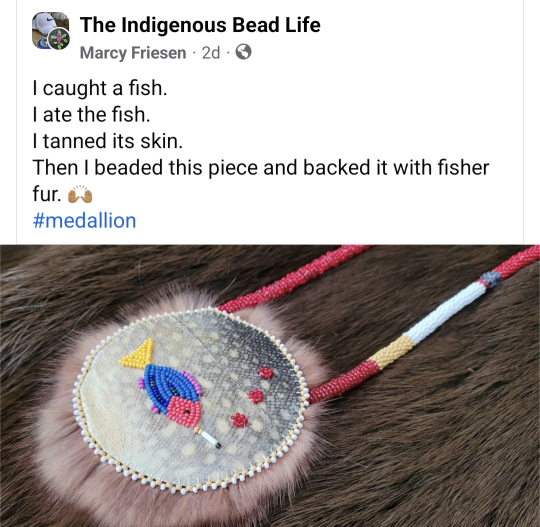#indigeneous art
Photo
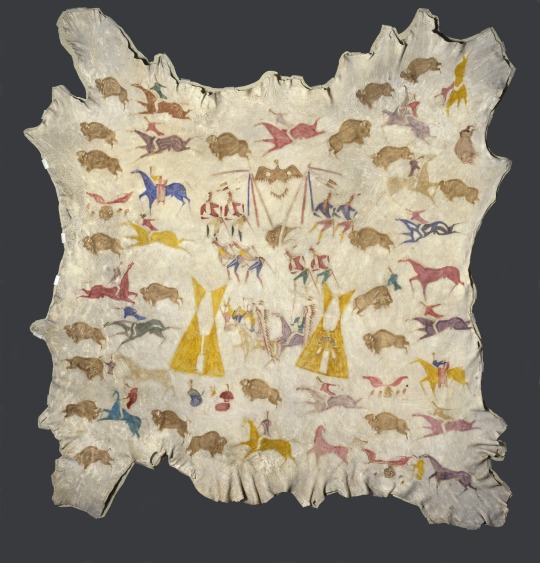


Around the year 1900, this elk hide was painted by Cotsiogo (Cadzi Cody) of the Eastern Shoshone people. It harks back to pre-reservation times with scenes of the Wolf and Sun Dances, a buffalo hunt, women butchering buffalo, and warriors on horseback returning to camp.
Prior to the 1860s, when Native people were forced onto reservations by the U.S. government so white settlers could occupy tribal lands, the vast Shoshone territory encompassed what is now southeastern California, central and eastern Nevada, northwestern Utah, southern Idaho, and western Wyoming.
See this hide on the 5th floor as you enter the American Art galleries just beyond the ongoing land acknowledgement statement, which recognizes that the Museum is part of the unceded, ancestral homeland of the Lenape (Delaware) people.
📷 Cotsiogo (Cadzi Cody) (Shoshone, 1866-1912). Painted Elk Hide, ca. 1900. Elk hide, pigment, 81 x 78 in. (205.7 x 198.1 cm). Brooklyn Museum, Dick S. Ramsay Fund, 64.13. Creative Commons-BY (Photo: Brooklyn Museum)
#BkMAmericanArt#Brooklyn Museum#brooklyn#museum#art#indigenous#indigeneous art#indigenous peoples' day#hide#elk hide#cotsiogo#eastern shoshone#shoshone
177 notes
·
View notes
Text

Praying for my Sisters
by Loretta Gould, Mi’kmaq
2 notes
·
View notes
Text
2.12.2022
#new zealand#aotearoa#land of the long white cloud#māori#māori rock art#indigeneous art#māori art#indigenous people
2 notes
·
View notes
Text
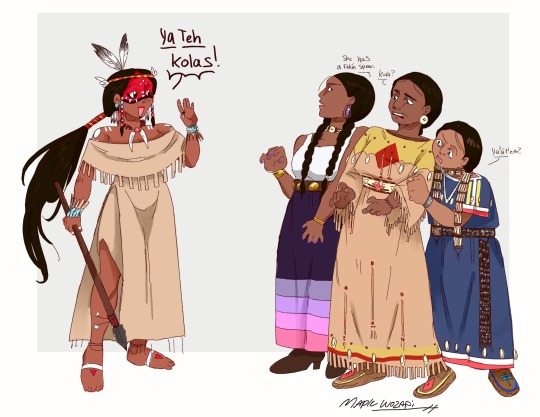
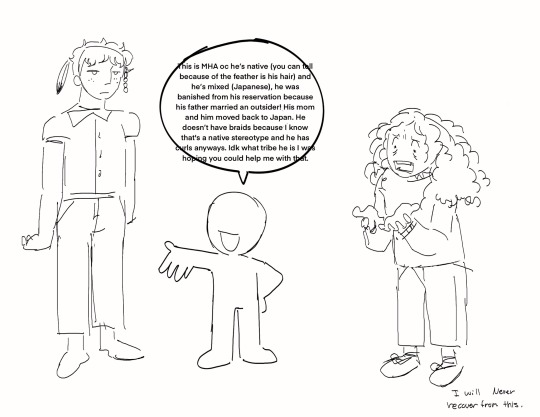
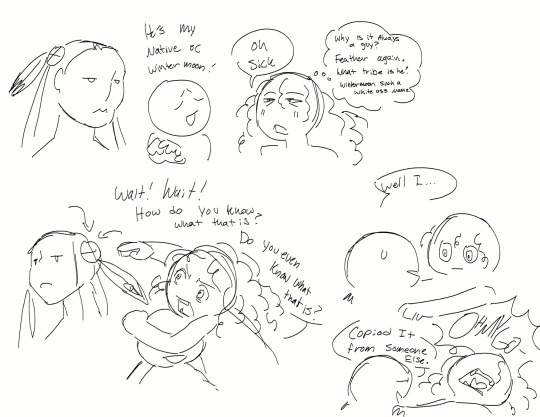

I genuinely feel like I’m going insane sometimes
#native artist#character design#digital art#indigenous artist#visual development#character art#oringinal character
58K notes
·
View notes
Text
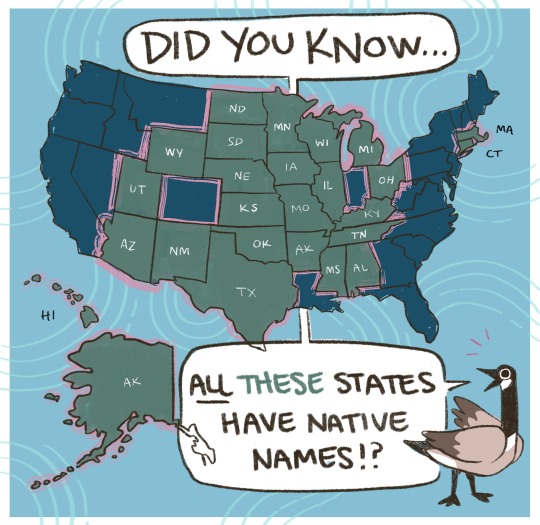


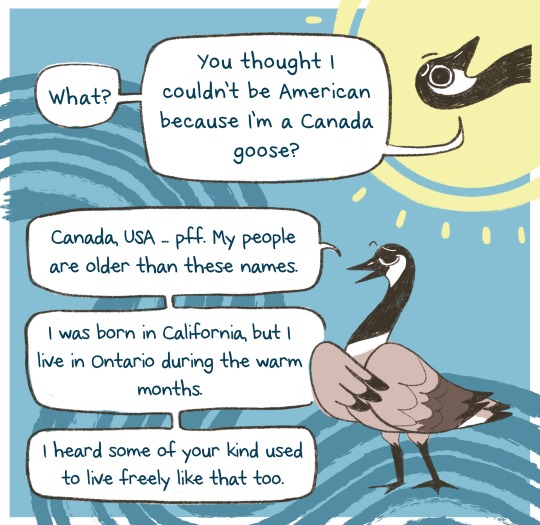
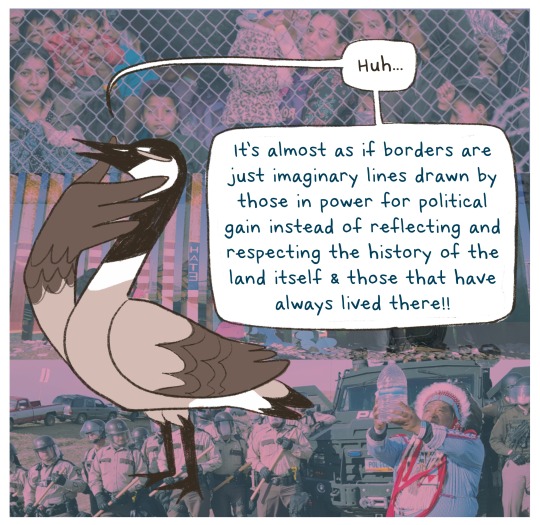
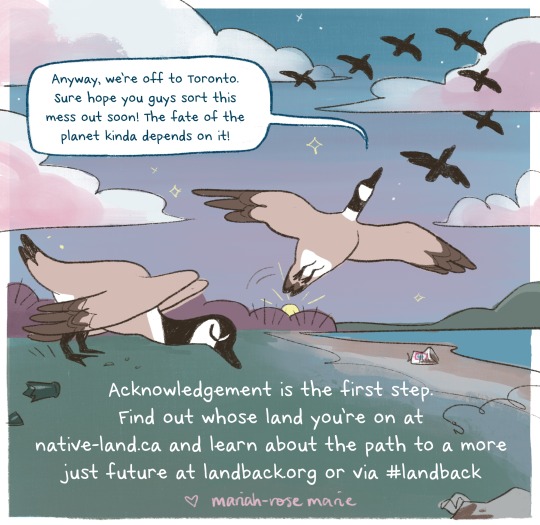
when I drew this comic 3 years ago I had NO idea how far it would reach. I'm happy to finally share a corrected version with proper abbreviations, and even MORE state names of indigenous origin ♥️
however, the goal of this comic was to inspire people to do your OWN research on indigenous history. To question everything we have been taught, and everything that has been pointedly left out. This erasure, this “forgetting”, of history is not just of the past… it is happening now.
- Across so-called Canada, the US, and US-occupied islands, native women are victims of murder at 10-12x the rate of non-native people, and are the most likely to go missing without being searched for by the law.
- Native reservations have the highest rates of poverty in the US, with over HALF of tribal homes with no access to clean water (with more joining this list by the year)
- Native people are 6-10x more likely to be unhoused than the rest of the population, and native teens suffer suicide rates higher than any other demographic.
This list of modern day genocide goes on (thank you for compiling @theindigenousanarchist <3) and yet take a look at those environmental stats!
Native people manage to do SO much for the planet as a whole - thanklessly - and with all this stacked against them. Don't even get me started on kin fighting in south america. Could you imagine if there was help? #landback is resistance to genocide, and it is the key to saving our warming earth.
So look into it and the other hashtags, cuz a cartoon goose ain't a substitute for a proper education.
Love to my grandparents who always kept a map of tribal territories of turtle island on their wall, to speaking on our Tsalagi & Saponi heritage. Love & solidarity forever, happy research, and
happy #indigenouspeoplesday
LANDBACK.ORG
(Also, if you care to support the artist, I'm publishing a book ! and writing another - a fantastical afroindigenous graphic novel - that I post exclusively about with tons of other art on my patreon.)
#mmiw#searchthelandfill#landback#art#comic#illustration#indigenous peoples day#rights#indigenous rights#autonomy#statistics#love#freedom#borders#history#usa#canada#turtle island#mariah-rose marie
14K notes
·
View notes
Text


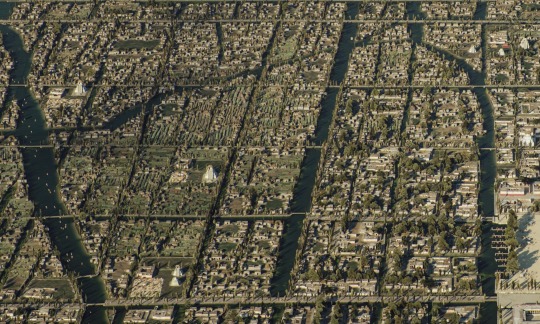
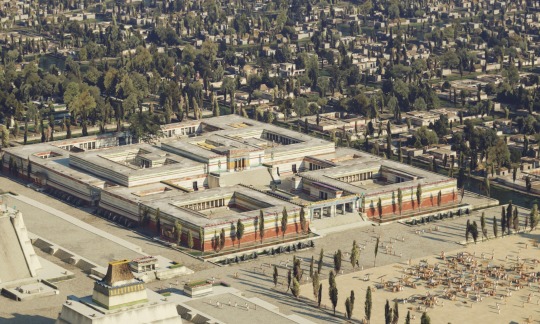
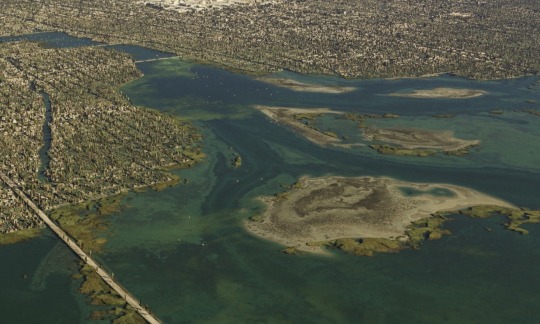
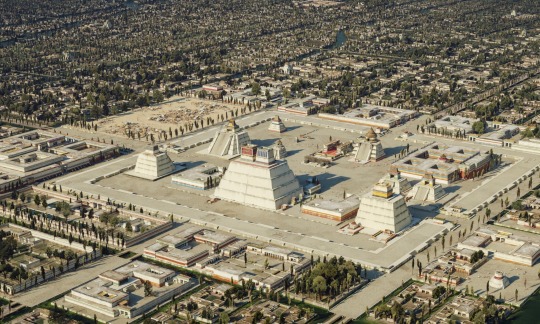
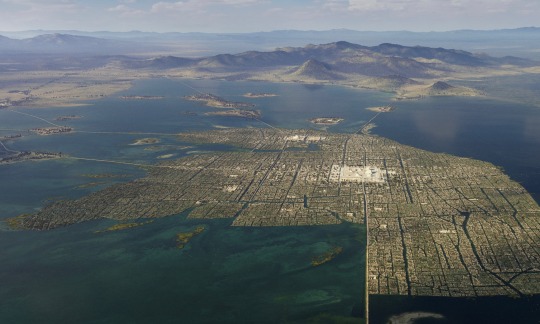
3D Reconstruction of Tenochtitlán by Thomas Kole
#history#art#mesoamerica#archaeology#antiquities#mexico#aztec#indigenous#indigenous history#precolumbian#precolumbian art#tenochtitlan#my posts
9K notes
·
View notes
Video
Indigenous Horror Films
#tiktok#indigenous horror films#Indigenous art#Indigenous writers#Indigenous artists#indigenous#watch this#mexican indigenous folklore#folklore#horror#horror films#movies#film#inuit#indie horror film#mythology
13K notes
·
View notes
Text
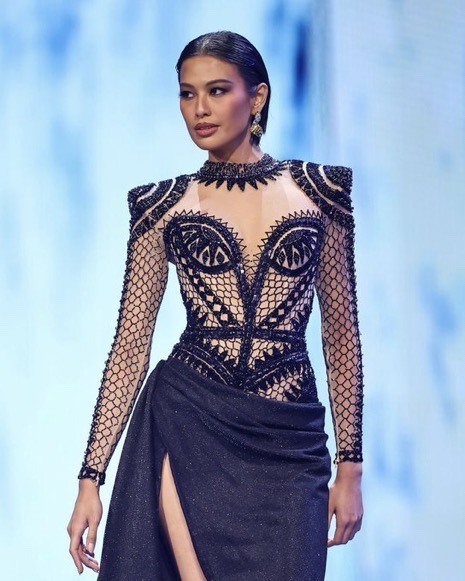
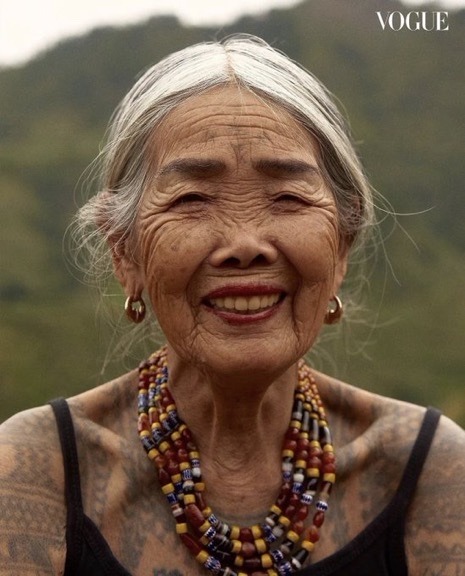

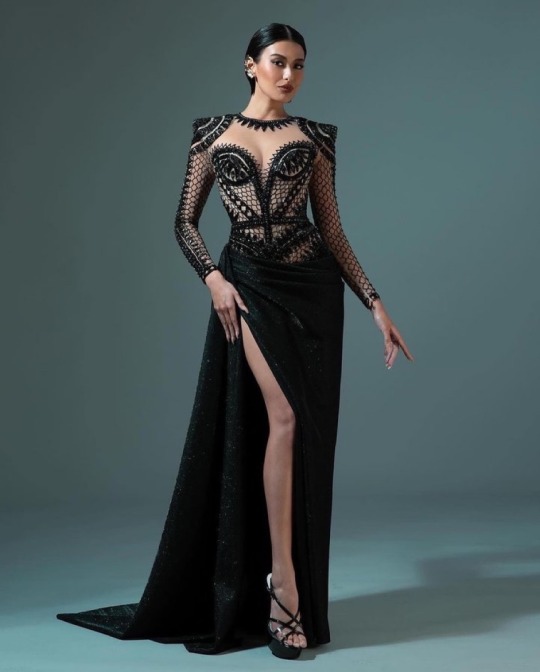

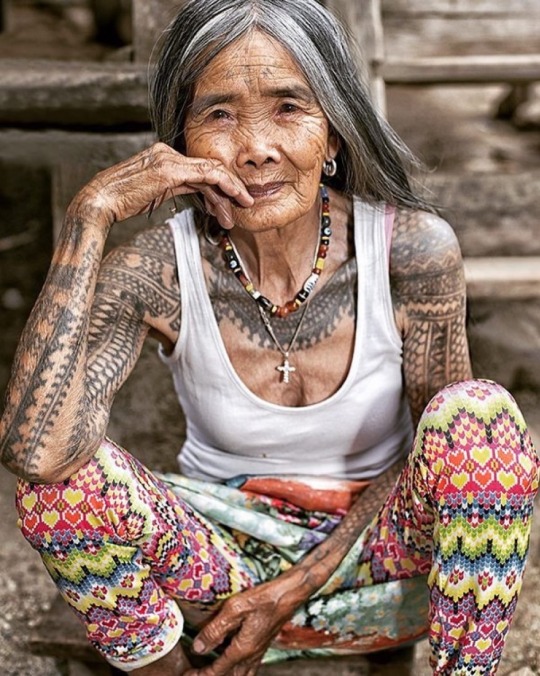
Michelle Dee, Miss Phillipines 2023, wore a dress as a tribute to the last and oldest living Kalinga (Indigenous Filipinos) tattoo artist, Apo Whang Od and her work
#michelle dee#Michelle Marquez dee#Maria Whang Od Oggay#apo whang od#philippines#miss universe#miss universe 2023#filipino#fashion#couture#fashion history#tattoo#indigenous#indigineous people#history#Art history#Vogue#miss Philippines#miss Philippines 2023#mine
8K notes
·
View notes
Text
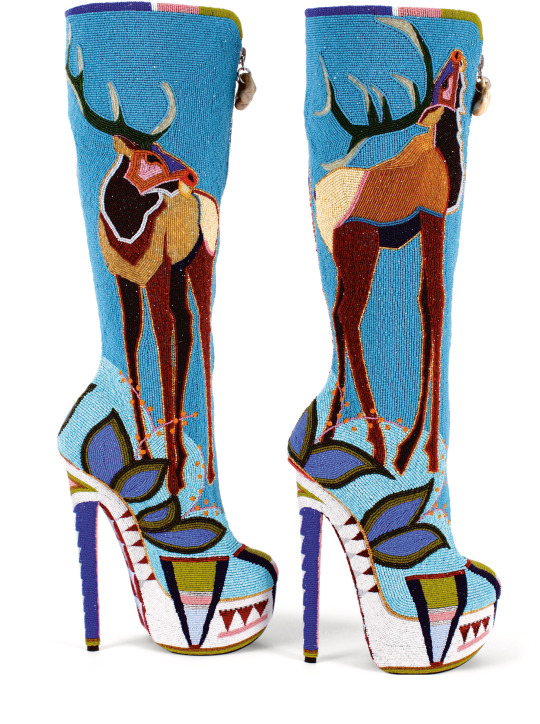


‘An Indigenous Present’ Is a Paradigm-Shifting Illumination of Native North American Art Today
6K notes
·
View notes
Text
reminder that women helping women beadwork (a non-profit ig page selling beadwork made by incarcerated indigenous women) is putting out new pride pieces pretty much everyday so if you'd like some beautiful rainbow jewelry that directly supports these women please check them out ❤️🧡💛💚💙💜🩷🤍🩵🤎🖤


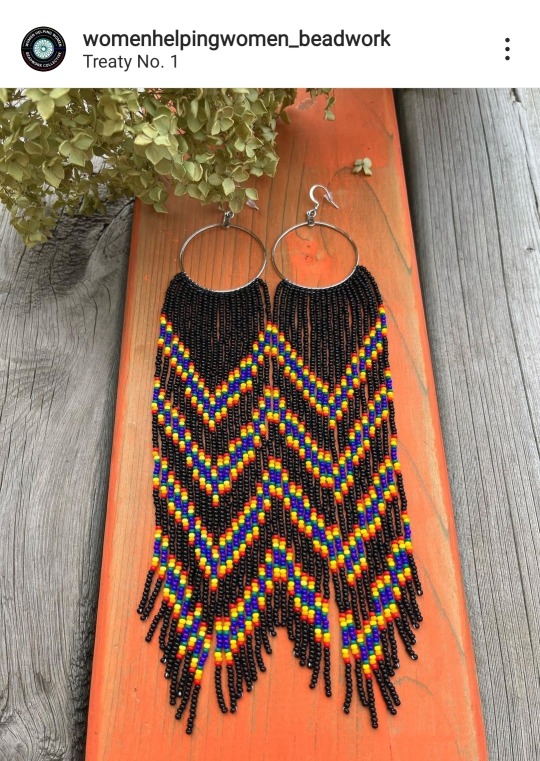


8K notes
·
View notes
Text
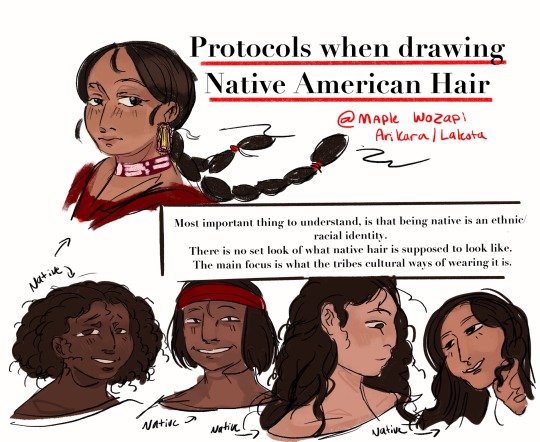


When it comes to textured hair there’s many styles, here some I’ve seen at powwows. Braided locs have to be my favorite style so far 💖
(Edit)- i didn’t communicate this very well but this is a merging of cultures. Culturally/traditionally no we didn’t have cornrows/locs these are black hairstyles, and then mixed with our hairstyles because of the influence of Afro indigenous people (the two braids)💖 having two braids for some regalia is very important and so these are hairstyles I’ve seen Afro natives wear for powwows. Not saying two pigtails are just a native thing but cultural context is important

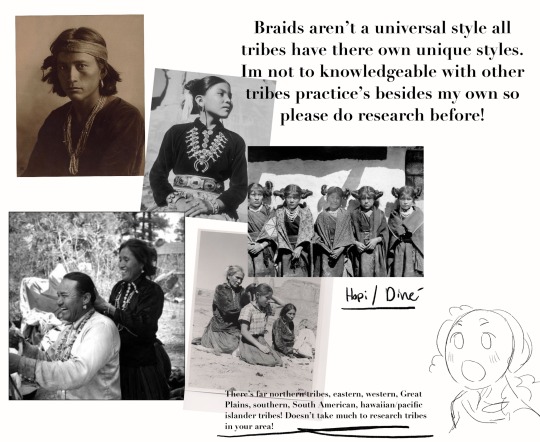
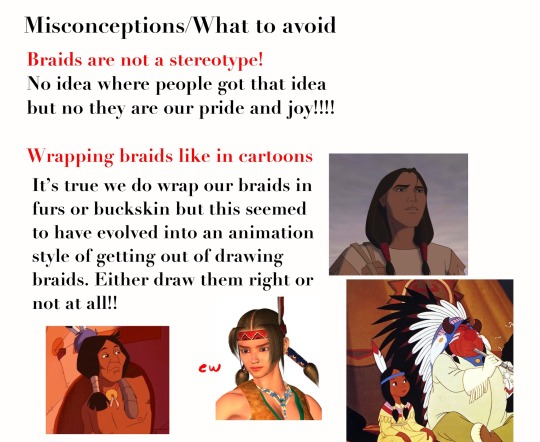
Reminder braids are not a universal hairstyle between tribes! I’m coming from the perspective of Great Plains tribes. I just thought I might share what braided hair means to my community and people. I see people trying to make ocs or redesigns of characters who are native but don’t actually represent us too good. Reminder to always research a tribe before making a character learn their protocols and at least try to learn something new! 🌸💖🍇
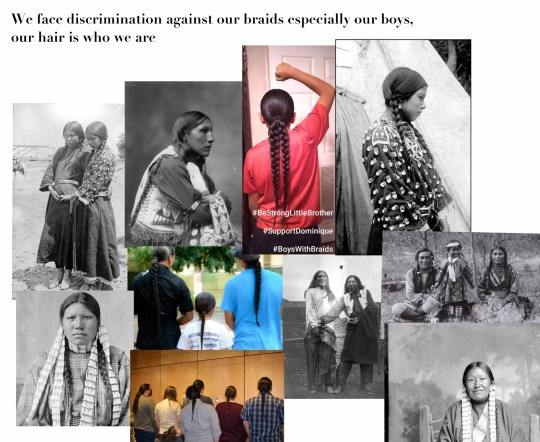
I just wanna say I love our hair! It means so much to us please take care of it🥺💖
#originalart#oc#my art#native artist#character design#native american#indigenous#indigenous artist#original character
32K notes
·
View notes
Text

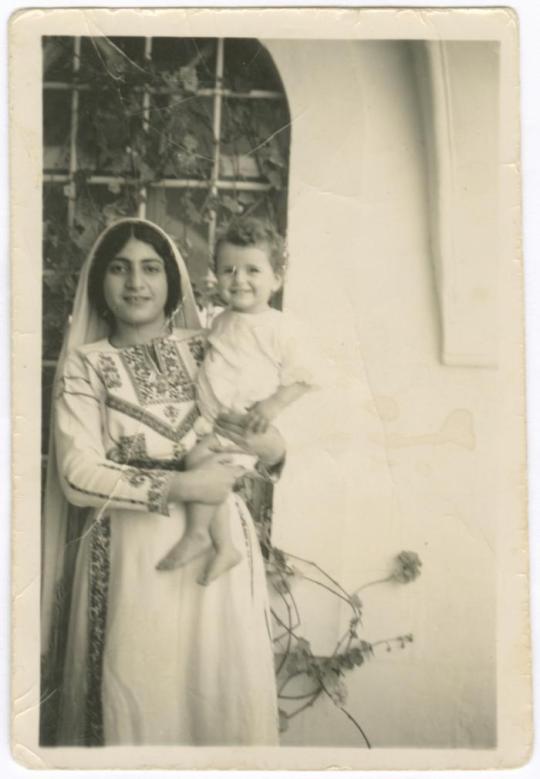


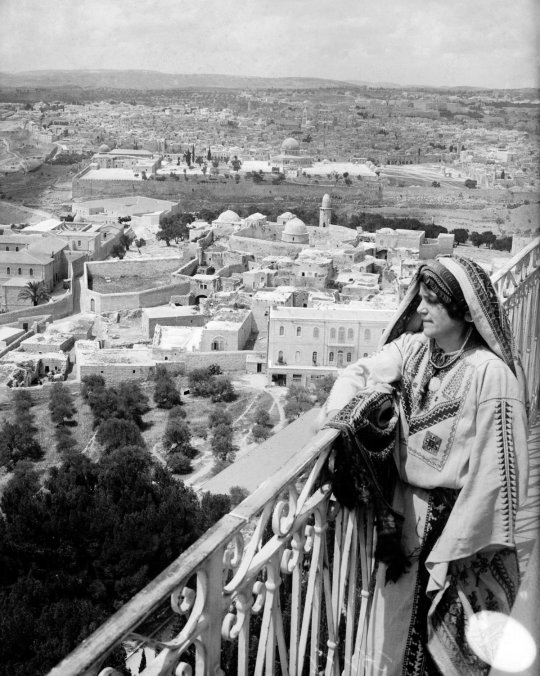
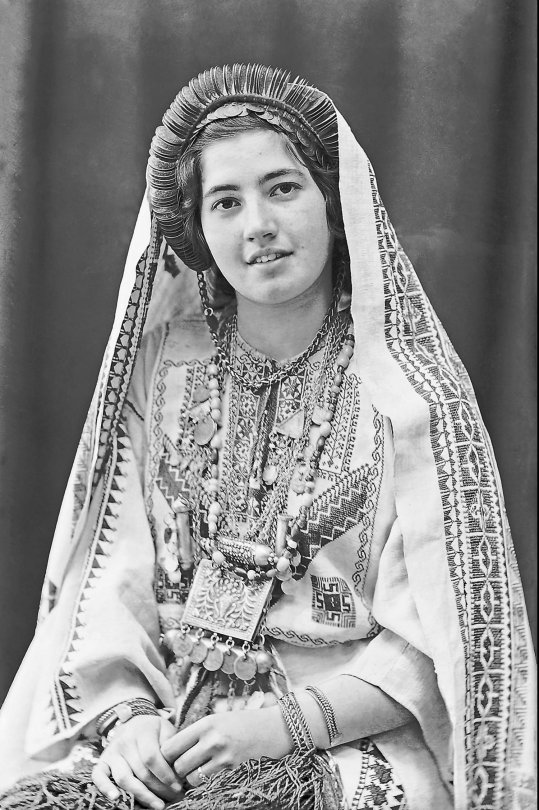

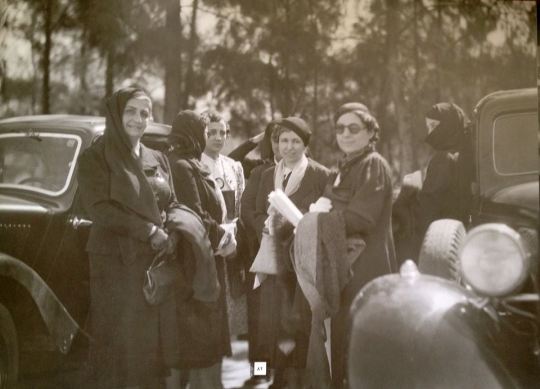
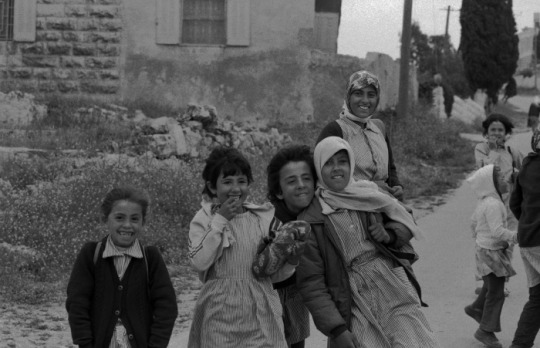

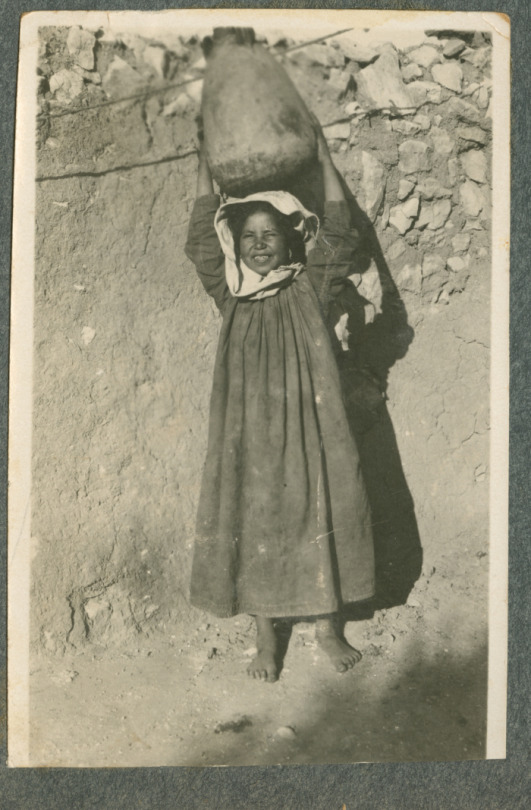


Moments from Palestine across generations and communities
(1) A Bedouin woman smiles in Jerusalem (1898-1914)
(2) Asma Aranki Holding a Child from Her Family at Their House, Birzeit (1948)
(3) Bedouin girls in Jericho (1918)
(4) An extended Palestinian family gathers in front of their house in the village of Beit Sahur, near Bethlehem (1918–35)
(5) From the Mount of Olives, a young woman looks out over eastern Jerusalem (1929)
(6) Ruth Raad, daughter of photographer Khalil Raad, in the traditional costume of Ramallah (1939)
(7) Standing in his neatly ironed shirt and shorts, George Sawabin poses for a studio photo (1942)
(8) Katingo Hanania Deeb, prepares to demonstrate in the 1936-1939 Arab Revolt -- which was a nationalist uprising by Palestinian Arabs against British colonial rule in relation to Palestinian independence and the land acquisition and pushout as a result of the mass Jewish immigration (1936)
(9) Young children walking home from school Beit Deqqo Village, the Occupied Palestinian West Bank, 1987
(10) Four young girls decorating vases in a ceramic workshop in Nablus (1920)
(11) A young Palestinian girl squints and smiles as she holds a jar on her head (1920-1950)
(12) The ancient craft of a Palestinian potter (1918-35)
(13) The mothers of Palestinian detainees' protest in Jerusalem (1987)
Source(s): The British Mandate Jerusalemites (BMJ) Photo Library, Palestinian Museum Digital Archives, The Jerusalem Story + Khalil Raad
Please support, share, cite, and (if financially able) fund these organizations and public storytellers for their rebellious histories and community work!
#decolonization#our world#our history is your history#people#free palestine#palestine#indigenous rights#art of making#and manifesting#history is not neutral#futurepast
4K notes
·
View notes
Text

Article Link
"Minnetonka first started selling its “Thunderbird” moccasins in 1965. Now, for the first time, they’ve been redesigned by a Native American designer.
It’s one step in the company’s larger work to deal with its history of cultural appropriation. The Minneapolis-based company launched in the 1940s as a small business making souvenirs for roadside gift shops in the region—including Native American-inspired moccasins, though the business wasn’t started or run by Native Americans. The moccasins soon became its biggest seller.

[Photo: Minnetonka]
Adrienne Benjamin, an Anishanaabe artist and community activist who became the company’s “reconciliation advisor,” was initially reluctant when a tribal elder approached her about meeting with the company. Other activists had dismissed the idea that the company would do the work to truly transform. But Benjamin agreed to the meeting, and the conversation convinced her to move forward.
“I sensed a genuine commitment to positive change,” she says. “They had really done their homework as far as understanding and acknowledging the wrong and the appropriation. I think they knew for a long time that things needed to get better, and they just weren’t sure what a first step was.”

Pictured: Lucie Skjefte and son Animikii [Photo: Minnetonka]
In 2020, Minnetonka publicly apologized “for having benefited from selling Native-inspired designs without directly honoring Native culture or communities.” It also said that it was actively recruiting Native Americans to work at the company, reexamining its branding, looking for Native-owned businesses to partner with, continuing to support Native American nonprofits, and that it planned to collaborate with Native American artists and designers.
Benjamin partnered with the company on the first collaboration, a collection of hand-beaded hats, and then recruited the Minneapolis-based designer Lucie Skjefte, a citizen of the Red Lake Nation, who designed the beadwork for another moccasin style and a pair of slippers for the brand. Skjefte says that she felt comfortable working with the company knowing that it had already done work with Benjamin on reconciliation. And she wasn’t a stranger to the brand. “Our grandmothers and our mothers would always look for moccasins in a clutch kind of situation where they didn’t have a pair ready and available to make on their own—then they would buy Minnetonka mocs and walk into a traditional pow wow and wear them,” she says. Her mother, she says, who passed away in 2019, would have been “immensely proud” that Skjefte’s design work was part of the moccasins—and on the new version of the Thunderbird moccasin, one of the company’s top-selling styles.
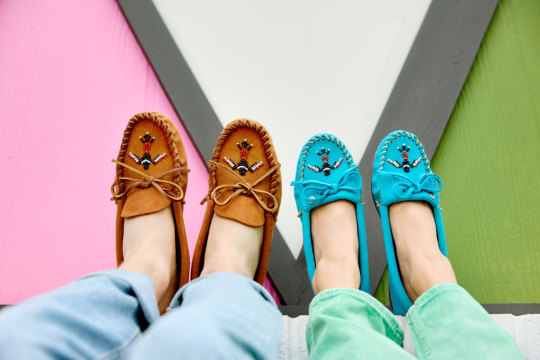
[Photo: Minnetonka]
“I started thinking about all of those stories, and what resonated with me visually,” Skjefte says. The redesign, she says, is much more detailed and authentic than the previous version. “Through the redesign and beading process, we are actively reclaiming and reconnecting our Animikii or Thunderbird motif with its Indigenous roots,” she says. Skjefte will earn royalties for the design, and Minnetonka will also separately donate a portion of the sale of each shoe to Mni Sota Fund, a nonprofit that helps Native Americans in Minnesota get training and capital for home ownership and entrepreneurship.
Some companies go a step farther—Manitobah Mukluks, based in Canada, has an Indigenous founder and more than half Indigenous staff. (While Minnetonka is actively recruiting more Native American workers, the company says that employees self-report race and it can’t share any data about its current number of Indigenous employees.) Beyond its own line of products, Manitobah also has an online Indigenous Market that features artists who earn 100% of the profit for their work.
White Bear Moccasins, a Native-owned-and-made brand in Montana, makes moccasins from bison hide. Each custom pair can take six to eight hours to make; the shoes cost hundreds of dollars, though they can also be repaired and last as long as a lifetime, says owner Shauna White Bear. In interviews, White Bear has said that she wants “to take our craft back,” from companies like Minnetonka. But she also told Fast Company that she doesn’t think that Minnetonka, as a family-owned business, should have to lose its livelihood now and stop making moccasins.
The situation is arguably different for other fashion brands that might use a Native American symbol—or rip off a Native American design completely—on a single product that could easily be taken off the market. Benjamin says that she has also worked with other companies that have discontinued products.
She sees five steps in the process of reconciliation. First, the person or company who did wrong has to acknowledge the wrong. Then they need to publicly apologize, begin to change behavior, start to rebuild trust, and then, eventually, the wronged party might take the step of forgiveness. Right now, she says, Minnetonka is in the third phase of behavior change. The brand plans to continue to collaborate with Native American designers.
The company can be an example to others on how to listen and build true relationships, Benjamin says. “I think that’s the only way that these relationships are going to get any better—people have to sit down and talk about it,” she says. “People have to be real. People have to apologize. They have to want to reconcile with people.”
The leadership at Minnetonka can also be allies in pushing other companies to do better. “My voice is important at the table as an Indigenous woman,” Benjamin says. “Lucie’s voice is important. But at tables where there’s a majority of people that aren’t Indigenous, sometimes those allies’ voices are more powerful in those spaces, because that means that they’ve signed on to what we’re saying. The power has signed on to moving forward and we agree with ‘Yes, this was wrong.’ That’s the stuff that’s going to change [things] right there.”"
-via FastCompany, February 7, 2024
#indigenous#indigenous artists#indigenous art#moccasins#thunderbird#native american#native american art#cultural appropriation#indigenous peoples#cultural representation#minnesota#minnetonka#minneapolis#red lake nation#ojibwe#anishinaabe#reconciliation#fashion#fashion news#good news#hope#indigenous designers#native artist#indigenous artist
1K notes
·
View notes
Text
Keep talking about Gaza.
Keep talking about Palestine.
Keep talking about Palestinian martyrs.
Keep talking about Palestinian survivors.
Keep talking about Palestinian children.
Keep talking about war crimes.
Keep talking about genocide.
Keep talking about colonialism.
Keep talking about forced starvation.
Keep talking about forced adoption.
Keep talking about Israeli occupation.
Keep talking about the Nakba of 1948.
KEEP TALKING ABOUT WHAT IS HAPPENING TO PALESTINE
Keep boosting Palestinian history.
Keep boosting Palestinian graphics.
Keep boosting Palestinian poetry.
Keep boosting Palestinian fashion.
Keep boosting Palestinian textiles.
Keep boosting Palestinian art.
Keep boosting Palestinian culture.
Keep boosting Palestinian values.
Keep boosting Palestinian stories.
Keep boosting Palestinian voices.
Keep boosting Palestinian life.
Keep boosting Palestinian loss.
Keep boosting Palestinian love.
Keep boosting Palestinian grief.
Keep boosting Palestinian hope.
KEEP BOOSTING PALESTINIAN HUMANITY
#free palestine#anti genocide#jews for palestine#free gaza#gaza genocide#palestine will be free#boycott divest sanction#end israeli occupation#jewish antizionism#anti zionisim#anti colonialism#anti colonization#palestinian art#palestinian history#palestine art#palestine news#gaza art#indigenous art#indigenous rights#indigenous culture#palestinian children#free palestine art#palestinian artist#palestinian fashion#palestinian poetry#palestinian writers
962 notes
·
View notes
